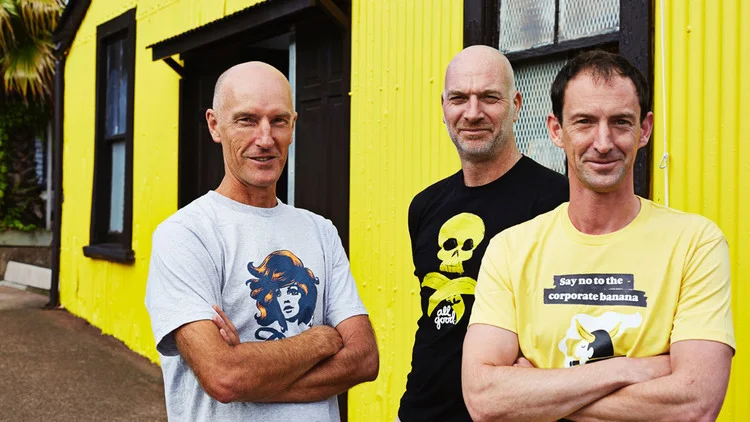6. Peloton
Proposed by Denise Lee Yohn.
How should a new challenger take on Soulcycle, the exercise brand that has grown since 2006 to over 30 locations in the US, and put an entirely new emotion into fitness (‘a party on a bike’)? Behind Soulcycle’s growth (who are arguably still a fitness challenger themselves) lies a highly engaging, multi-sensory experience, real focus, a premium product, studios full of vocal advocates, bold iconography – oh, and candles. Don’t forget the Jonathan Adler scented candles. All of which is why some are putting the value of their putative IPO as high as $900m.
“What really sets Peloton apart is a different kind of experience - a virtual class racing 60 classmates from all over America”
Peloton begins with convenience. It doesn’t offer city studios, but stationary bikes you can buy or rent at home – because, they are betting, there is a large group of spinning-lovers in America that doesn’t have the time or proximity to pop into a Soulcycle studio to go and work out. State of the Art bikes are perhaps a Brilliant Basic in the boutique spinning business now: so while that is what Peloton’s showrooms are full of what really sets Peloton apart is a different kind of experience – you can sign on for a virtual class from the Peloton bike in your spare bedroom, and find yourself racing over 60 fellow classmates from all over America, all competing with you for the top slot. In this kind of virtual experience, the quality of the instructor is more important than ever, and Peloton overcommit to that: they are said to pay their instructors over 200% more than their rivals. And for this you pay Peloton not a fee for each class, like Soulcycle, but a monthly fee, a significantly more profitable business model than its rival.
“This is the year that Peloton needs to make some good ground on Soulcycle before the latter’s fresh injection of money threatens to blunt momentum”
There’s a type of race in cycling called the Individual Pursuit – you may remember it from the Olympics and Paralympics. Essentially, two cyclists start at the same time on different sides of the track, and one tries to catch the other. This is the year that Peloton needs to make some good ground on Soulcycle before the latter’s fresh injection of money and their own intended push into at-home spinning threatens to blunt Peloton’s momentum. Peloton were on track to hit $50m in revenue in 2015 – less than half of Soulcycle’s turnover, but with a significantly better margin; they don’t have to overtake them in users to make more money. The challenger is themselves challenged: whose business model will prevail? And for now both have the tailwind of spinning’s fashionability at their backs, but how long will that last?
Peloton’s founder, who is clearly not a man plagued by self-doubt, promises a future for the company that ‘will make Apple look small-time’. We’re all for ambition at eatbigfish, but Peloton need to make an awful lot of ground this year to stop that sounding ridiculous.
Thanks to Denise Lee Yohn, brand building consultant who delivers fresh ideas and clear cut tools for improving your brand-building success and author of What Great Brands Do. Follow Denise on Twitter @deniseleeyohn.




















For radical transparency.